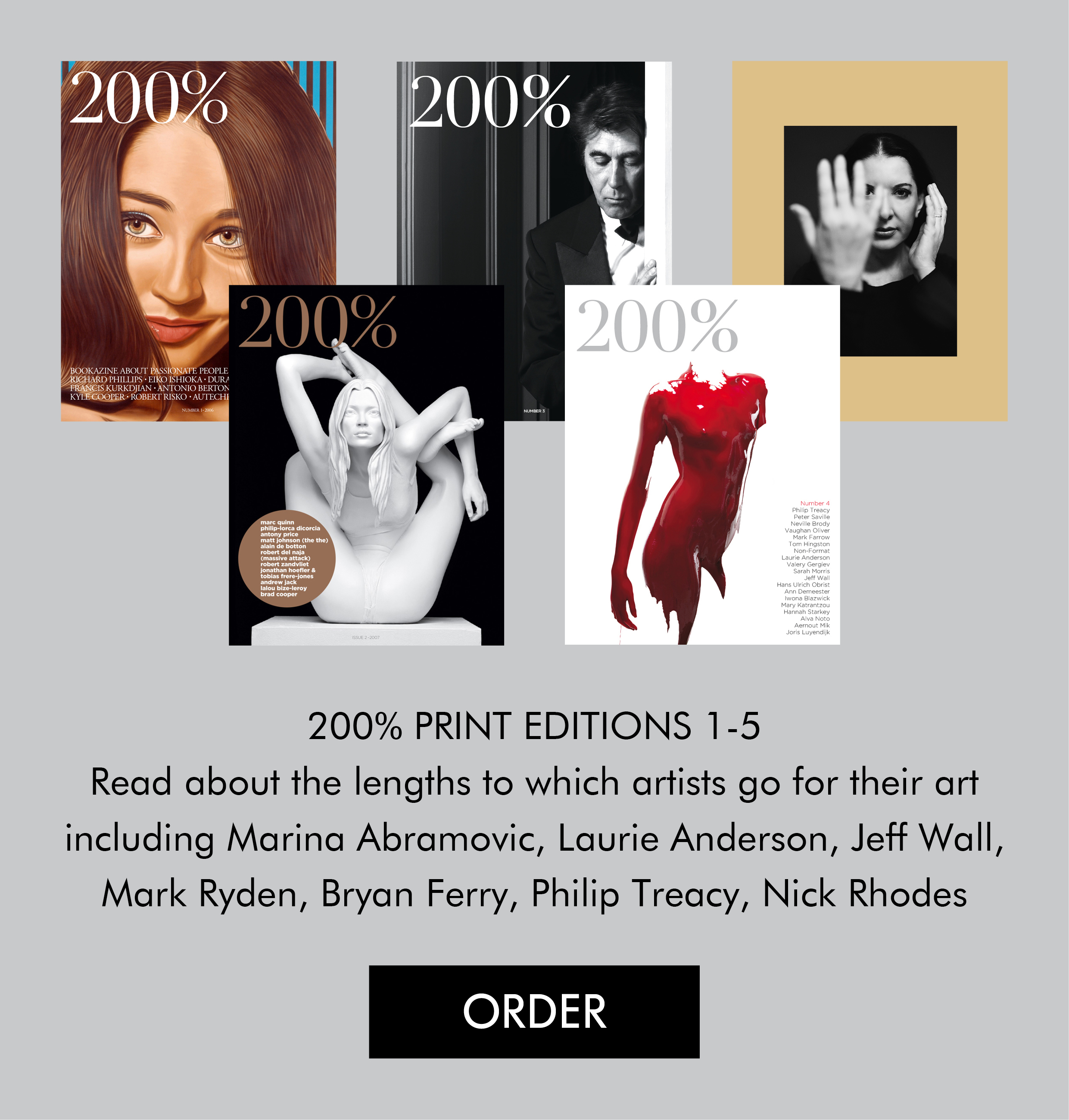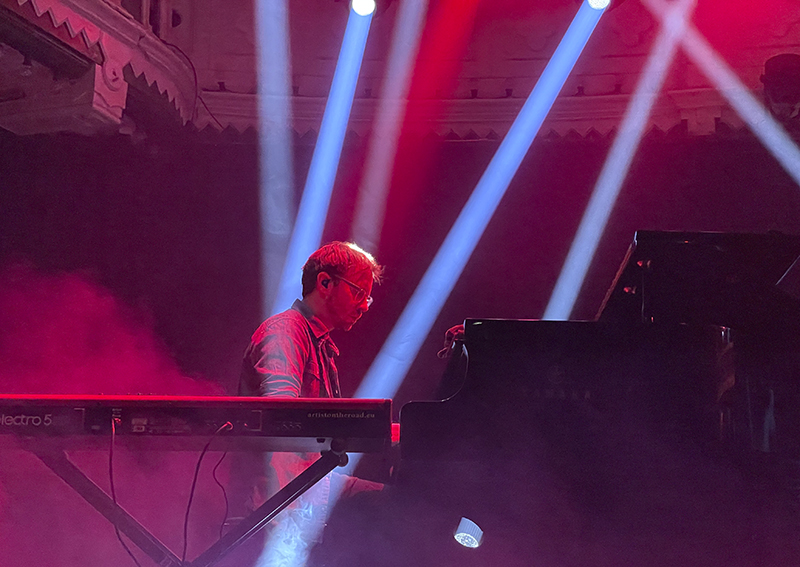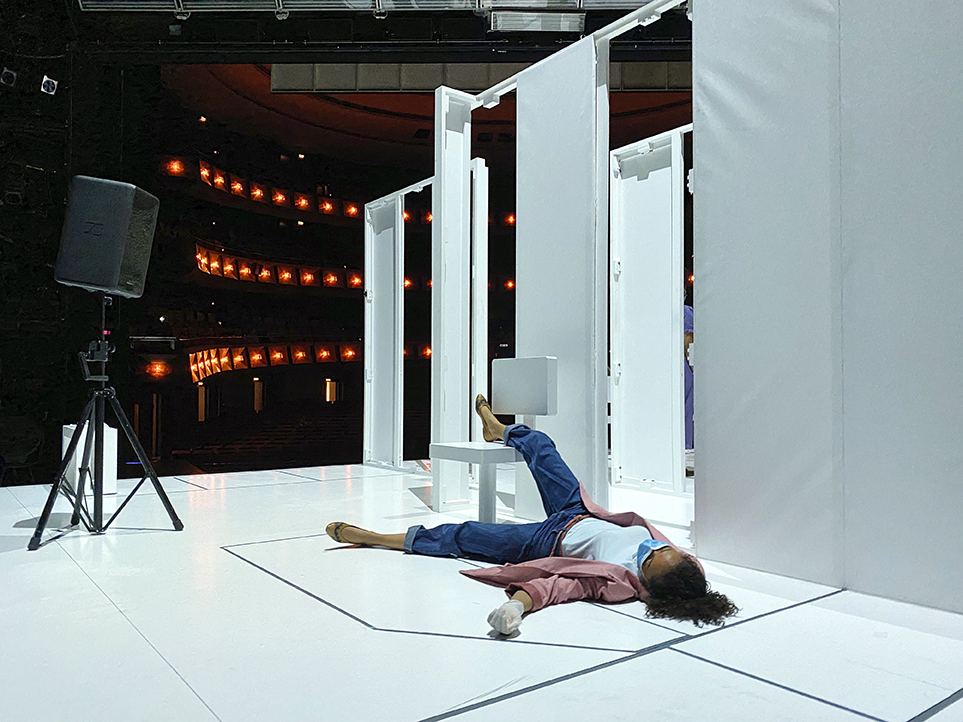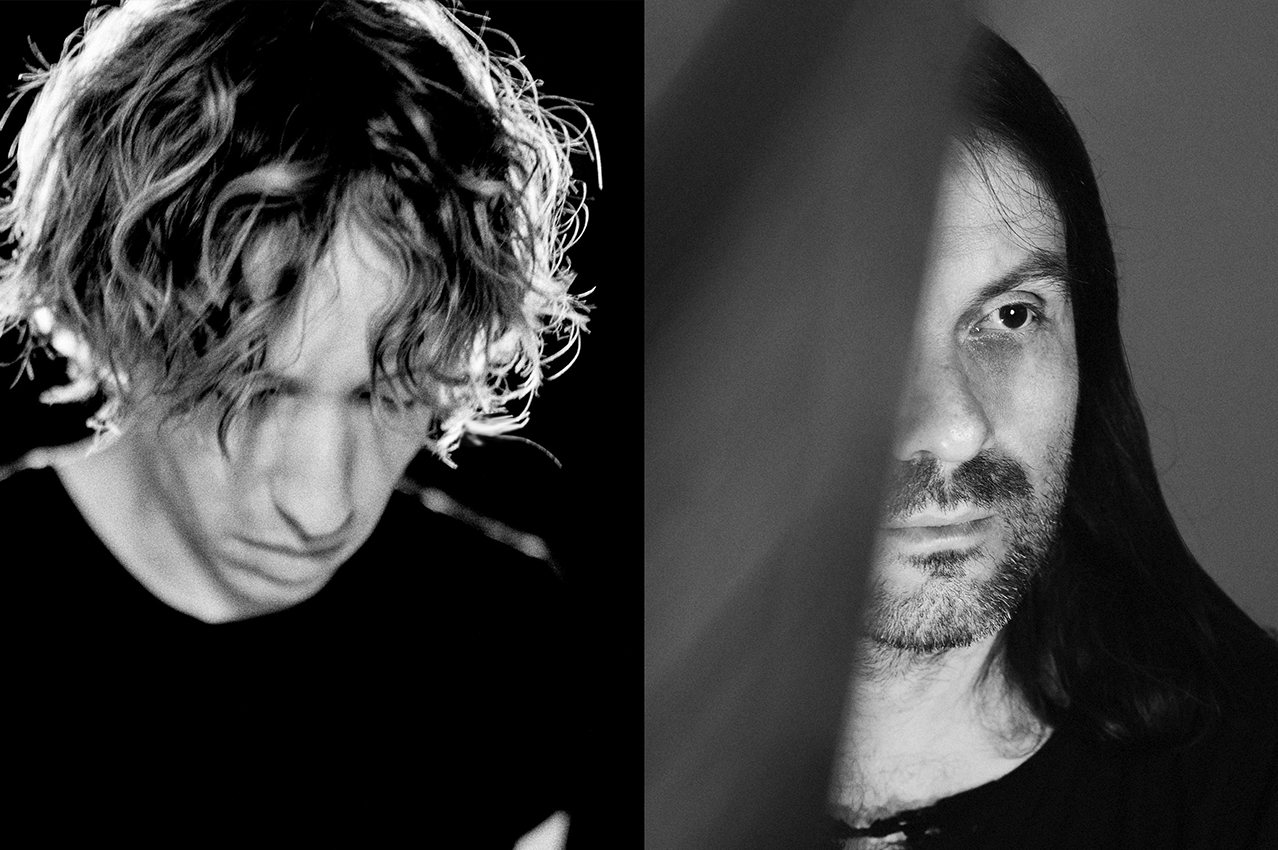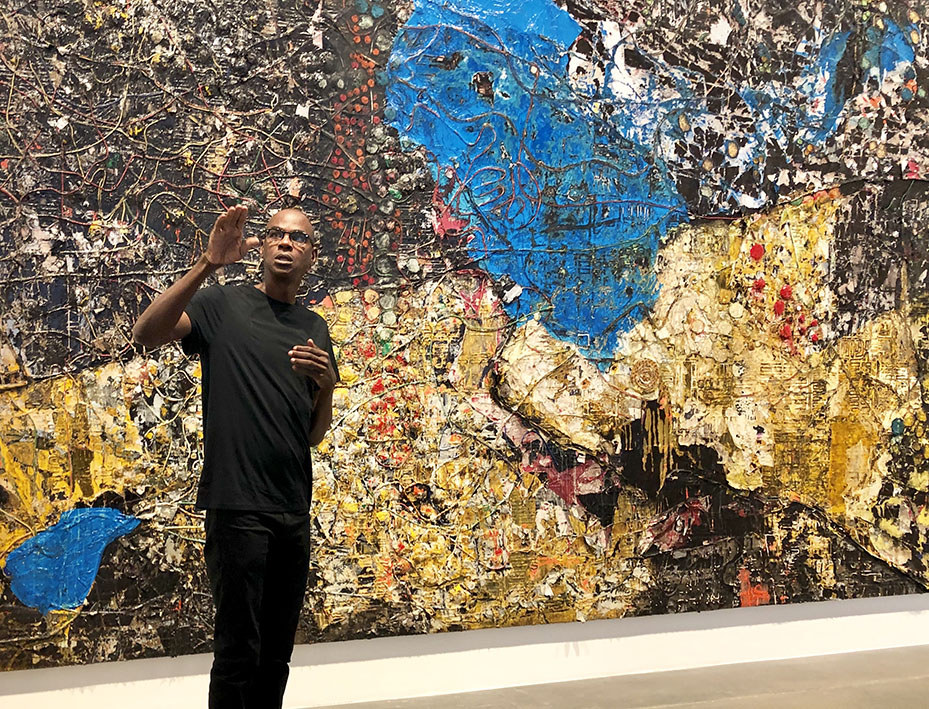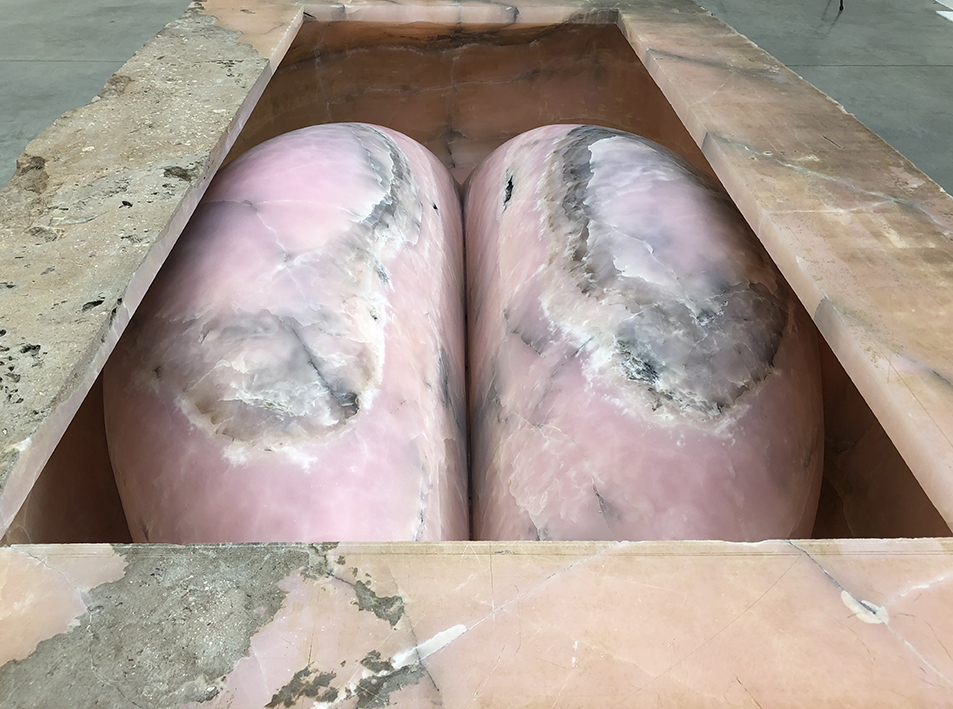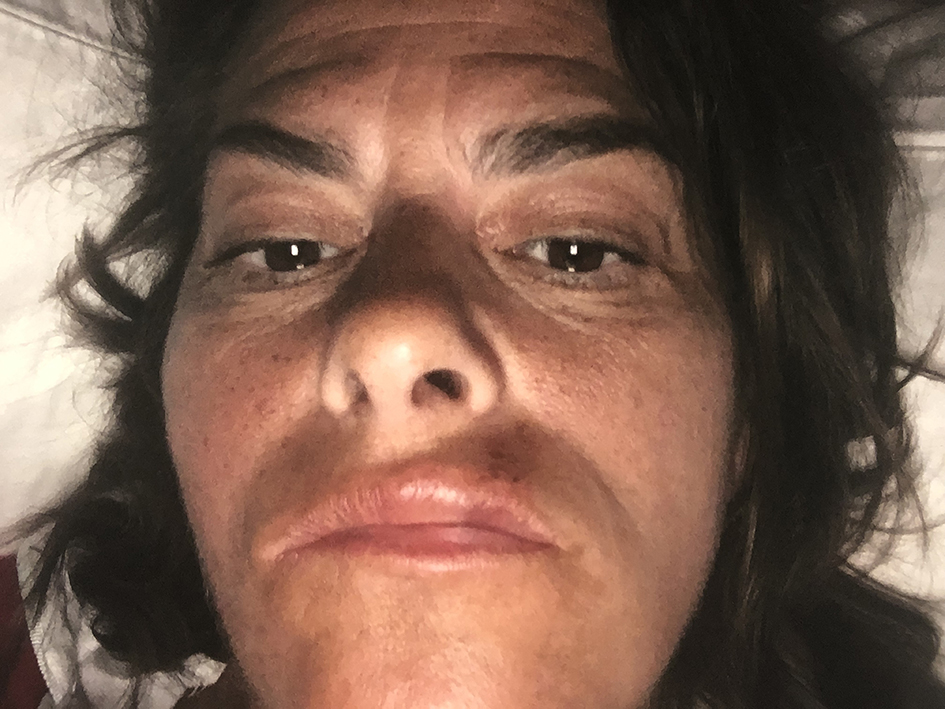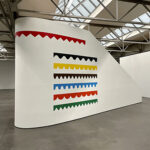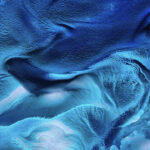 In a short period of time the Manchester International Festival (MIF) has built a fast growing reputation as one of the most avant-garde, cultural festivals in the world. The city has strong artistic roots and an impressive list of artists in music, literature and the visual arts were born in Manchester: Morrissey, Ian Curtis, the Gallagher brothers, Anthony Burgess, L.S. Lowry, Peter Saville, Mike Leigh, Norman Foster, and Tony Wilson (‘Mr Manchester’) one of the founders of Factory records and the Haçienda nightclub.
The MIF, organised bi-annually, has invited and stimulated visionary artists from around the world including Kraftwerk, Steve Reich, Marina Abramovic, Laurie Anderson and Lou Reed to create new works and cross boundaries. No wonder that, for its third edition, the MIF was the perfect stage for the world premiere of Björk’s ‘Biophilia’ – a show that brings together music, nature and technology.
Born in Iceland it shouldn’t come as a surprise that Björk, one day, would be interested to undertake an entire project on nature, cosmos and science, as she comes from an island where the elements are omnipresent in people’s daily lives.
For ‘Biophilia’ Björk extensively researched areas where science and sound intersect. Thus, it’s understandable why she asked, Dr Nicola Dibben, Senior Lecturer in the Department of Music studies at the University of Sheffield who teaches science and psychology of music, to write the introduction to the leaflet that was given to guests before the show. Inside was an explanation about the concept and context behind the project. “Biophilia celebrates natural phenomena from the atomic to the cosmic, and presents musical sound as part of a whole”, Dr Dibben explains. Later text states that, there is a positive and contemplative message behind the show: “Biophilia’s celebration of scientific discovery and new technologies takes us forward into nature – the idea that, by combining nature with new technology we can create a more sustainable future”.
Inserted into the leaflet was an A5 floor plan of the live instruments of the show, containing a short description of their capability, by whom they were built, and in which song they would be played. The guests could study and admire some of the intriguing looking instruments with adventurous names, for example, ‘Sharpsichord’ (a pin barrel harp with two huge horns of an old fashioned gramophone player).
In a short period of time the Manchester International Festival (MIF) has built a fast growing reputation as one of the most avant-garde, cultural festivals in the world. The city has strong artistic roots and an impressive list of artists in music, literature and the visual arts were born in Manchester: Morrissey, Ian Curtis, the Gallagher brothers, Anthony Burgess, L.S. Lowry, Peter Saville, Mike Leigh, Norman Foster, and Tony Wilson (‘Mr Manchester’) one of the founders of Factory records and the Haçienda nightclub.
The MIF, organised bi-annually, has invited and stimulated visionary artists from around the world including Kraftwerk, Steve Reich, Marina Abramovic, Laurie Anderson and Lou Reed to create new works and cross boundaries. No wonder that, for its third edition, the MIF was the perfect stage for the world premiere of Björk’s ‘Biophilia’ – a show that brings together music, nature and technology.
Born in Iceland it shouldn’t come as a surprise that Björk, one day, would be interested to undertake an entire project on nature, cosmos and science, as she comes from an island where the elements are omnipresent in people’s daily lives.
For ‘Biophilia’ Björk extensively researched areas where science and sound intersect. Thus, it’s understandable why she asked, Dr Nicola Dibben, Senior Lecturer in the Department of Music studies at the University of Sheffield who teaches science and psychology of music, to write the introduction to the leaflet that was given to guests before the show. Inside was an explanation about the concept and context behind the project. “Biophilia celebrates natural phenomena from the atomic to the cosmic, and presents musical sound as part of a whole”, Dr Dibben explains. Later text states that, there is a positive and contemplative message behind the show: “Biophilia’s celebration of scientific discovery and new technologies takes us forward into nature – the idea that, by combining nature with new technology we can create a more sustainable future”.
Inserted into the leaflet was an A5 floor plan of the live instruments of the show, containing a short description of their capability, by whom they were built, and in which song they would be played. The guests could study and admire some of the intriguing looking instruments with adventurous names, for example, ‘Sharpsichord’ (a pin barrel harp with two huge horns of an old fashioned gramophone player).
 Some of the instruments were newly invented musical instruments commissioned by Björk, for example the ‘Pendulum Harps’ (four, three meter long harps that swing on pendulums powered by gravity, pictured above) and ‘Gameleste’, an instrument where Björk had all the silver musical notes taken out of an old celeste and replaced with bronze gamelan bars for it to produce a richer sound.
The ‘Singing Tesla Coil’ featured in the first song of the night ‘Thunderbolt’. A large bird cage, lowered from the ceiling with two tesla coils, has been modified, so that their electric sparks could be pitched to create musical notes. The sparks are then controlled to play the arpeggio baseline of ‘Thunderbolt’. This instrument created a sound familiar to that of a fly killed by an electric shock when it encountering an electric fly killer. The effect was visually more spectacular than the sound it produced.
Another instrument producing a remarkable sound was the ‘Hang’ played by Manu Delago. This instrument is made from two deep drawn nitrided steel sheets that are attached together creating the recognizable disc shape (It looked a little bit like a wok). It is played with your hands and fingertips and produces an intimate, consoling and sweet sound. It’s a far cousin of the Caribbean steel drum, but it’s more layered, demonstrated by the virtuoso Delago in ‘One Day’.
In the press, ‘Biophilia’ is presented ‘as a multi-media project encompassing a studio album, apps, internet, live shows and educational workshops’. Björk stars on the cover of the August UK edition of ‘Wired’ with the bold headline: “Where Apps Go Next – Björk Reinvents The iPad”.
The concept is that the ten songs of ‘Biophilia’ come with an inventive app based on the theme of each song. Each app combines a natural element with a musicological feature. For example, the app ‘Virus’ works like this; if the user succeeds in defending a group of cells from a virus, the track stops; to hear the full song, the virus must be allowed to win.
In theory, the grandiose ideas behind ‘Biophilia’, the apps, and the newly invented instruments might convey the impression that the project is not easy to comprehend, perhaps even a tad highfalutin. As an artist, though, Björk has built a reputation of reinventing herself; successfully crossing boundaries with a back catalogue of combining futuristic technology and human warmth. In practice, ‘Biophilia’ is very accessible, playful, humane, which all comes naturally together.
Also, Björk has a fine ‘nose’ for choosing her collaborators and a talent for bringing new arrangements and instrumentation to her songs, shining a new light on her work. For her ‘Vespertine’ tour in 2001, she travelled the world with a Greenlandic choir, a harpist, the electronic duo Matmos and a 70 piece orchestra. This year’s line-up consisted out of an eclectic group of musicians: Matt Robertson (Electronics and Midi Instruments), Manu Delago (whom she introduced with self mockery “Manu Delago: on Hang and percussion and instruments of which I don’t know the names myself”) and, in the role of Best Supporting actress, a 25-piece female Icelandic choir.
For each song the choir formed a new formation on the stage, positioned at the middle of the venue, which created an intimate atmosphere. ‘Crystalline’ – one of the new songs on the Album – had the cheerful energy and uplifting beat of Björk’s first hit ‘Big Time Sensuality’ that was sung crystal clear, with an infectious joy and enthusiasm, by the choir. The set list also included songs from the experimental album ‘Medúlla’ – an album constructed entirely around human vocal sounds. The songs ‘Mouth Cradle’ and ‘Where is the Line’ were performed by the choir in a pulsating manner, with a lot of spontaneity that came across much warmer than the album versions. The beautiful string lines of Eumir Deodato and Björk on the album version of ‘Isobel’ were fluently replaced by the singing of the choir and a crisp and strident drum riff by Delago, reminiscent of a military drum band.
‘Biophilia’ affirms that the MIF is the place on earth for avant-garde entertainment. The show contained cutting edge graphic screen projections of vector graphics such as D.N.A. strands, cells, the cosmos and cross sections of the earth. Also, the innovative ideas of how to approach and create music on newly invented instruments was inspiring, although, the ‘instruments’ of the show were the voices of Björk and the Icelandic choir.
Written by Thierry Somers
Picture Björk: Carsten Windhorst
Some of the instruments were newly invented musical instruments commissioned by Björk, for example the ‘Pendulum Harps’ (four, three meter long harps that swing on pendulums powered by gravity, pictured above) and ‘Gameleste’, an instrument where Björk had all the silver musical notes taken out of an old celeste and replaced with bronze gamelan bars for it to produce a richer sound.
The ‘Singing Tesla Coil’ featured in the first song of the night ‘Thunderbolt’. A large bird cage, lowered from the ceiling with two tesla coils, has been modified, so that their electric sparks could be pitched to create musical notes. The sparks are then controlled to play the arpeggio baseline of ‘Thunderbolt’. This instrument created a sound familiar to that of a fly killed by an electric shock when it encountering an electric fly killer. The effect was visually more spectacular than the sound it produced.
Another instrument producing a remarkable sound was the ‘Hang’ played by Manu Delago. This instrument is made from two deep drawn nitrided steel sheets that are attached together creating the recognizable disc shape (It looked a little bit like a wok). It is played with your hands and fingertips and produces an intimate, consoling and sweet sound. It’s a far cousin of the Caribbean steel drum, but it’s more layered, demonstrated by the virtuoso Delago in ‘One Day’.
In the press, ‘Biophilia’ is presented ‘as a multi-media project encompassing a studio album, apps, internet, live shows and educational workshops’. Björk stars on the cover of the August UK edition of ‘Wired’ with the bold headline: “Where Apps Go Next – Björk Reinvents The iPad”.
The concept is that the ten songs of ‘Biophilia’ come with an inventive app based on the theme of each song. Each app combines a natural element with a musicological feature. For example, the app ‘Virus’ works like this; if the user succeeds in defending a group of cells from a virus, the track stops; to hear the full song, the virus must be allowed to win.
In theory, the grandiose ideas behind ‘Biophilia’, the apps, and the newly invented instruments might convey the impression that the project is not easy to comprehend, perhaps even a tad highfalutin. As an artist, though, Björk has built a reputation of reinventing herself; successfully crossing boundaries with a back catalogue of combining futuristic technology and human warmth. In practice, ‘Biophilia’ is very accessible, playful, humane, which all comes naturally together.
Also, Björk has a fine ‘nose’ for choosing her collaborators and a talent for bringing new arrangements and instrumentation to her songs, shining a new light on her work. For her ‘Vespertine’ tour in 2001, she travelled the world with a Greenlandic choir, a harpist, the electronic duo Matmos and a 70 piece orchestra. This year’s line-up consisted out of an eclectic group of musicians: Matt Robertson (Electronics and Midi Instruments), Manu Delago (whom she introduced with self mockery “Manu Delago: on Hang and percussion and instruments of which I don’t know the names myself”) and, in the role of Best Supporting actress, a 25-piece female Icelandic choir.
For each song the choir formed a new formation on the stage, positioned at the middle of the venue, which created an intimate atmosphere. ‘Crystalline’ – one of the new songs on the Album – had the cheerful energy and uplifting beat of Björk’s first hit ‘Big Time Sensuality’ that was sung crystal clear, with an infectious joy and enthusiasm, by the choir. The set list also included songs from the experimental album ‘Medúlla’ – an album constructed entirely around human vocal sounds. The songs ‘Mouth Cradle’ and ‘Where is the Line’ were performed by the choir in a pulsating manner, with a lot of spontaneity that came across much warmer than the album versions. The beautiful string lines of Eumir Deodato and Björk on the album version of ‘Isobel’ were fluently replaced by the singing of the choir and a crisp and strident drum riff by Delago, reminiscent of a military drum band.
‘Biophilia’ affirms that the MIF is the place on earth for avant-garde entertainment. The show contained cutting edge graphic screen projections of vector graphics such as D.N.A. strands, cells, the cosmos and cross sections of the earth. Also, the innovative ideas of how to approach and create music on newly invented instruments was inspiring, although, the ‘instruments’ of the show were the voices of Björk and the Icelandic choir.
Written by Thierry Somers
Picture Björk: Carsten WindhorstPicture Pendulum Harps: Pattenstudio.com, built by Andy Cavatorta
The Biophilia live show will travel to major cities around the world following the Manchester premiere.

